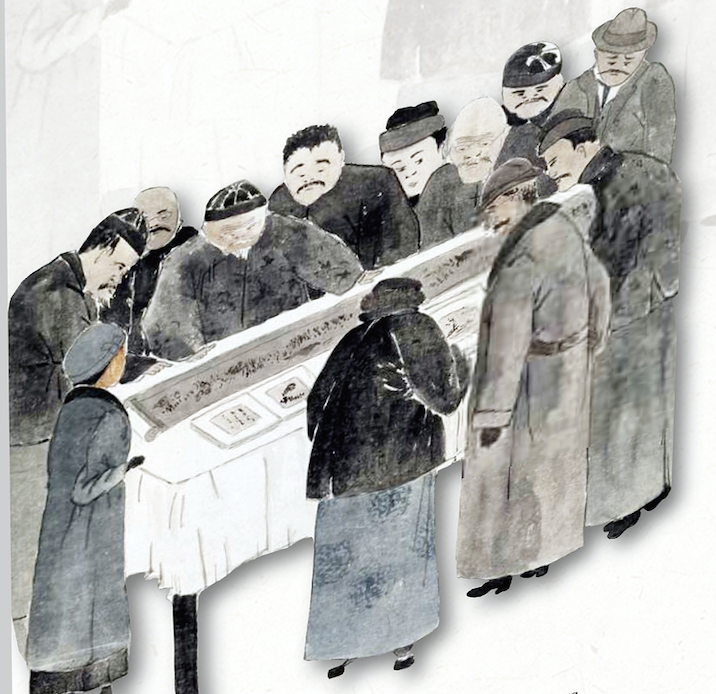QUALIFICATIONS & EXPERIENCE
-Training & Skills
Labeling a painting as a “fake” because it looks like a masterpiece without investigating the intention of the new artist is irresponsible. Sharing a close set of visual languages (subject matter, iconography, linear quality and shading techniques) with a masterpiece does endorse the attribution of “fake.” However, if the intention of a copyist, attempting to hide his identify behind the name of a master, is suspicious.
Don’t be intimidated by the word of “reproduction” or “Fake” when you appraise or collect Chinese painting. When appraising the social and financial aspects of fake, Chinese art appraisers or collectors should exercise their dual diligence on the provenance investigation and the study of Chinese art connoisseurship and art criticism to prove their professional competence.
Finest reproductions, including forgeries of famous works by famous artists, have become the most desirable object in the current market and for famed Chinese art collections. Collecting fine Chinese paintings marked explicitly as reproductions has many merits. In the imitations of a master’s brushstrokes, recognizing the copyist’s physically experience of grasping the original creative energy the master invested in the work. By repeating the original artistic invention, the copyist often finds inspiration critical to the shaping of his personal style.
Fakes merit an appraisal if they capture and intensify the typically master’s characteristics in his interpretive efforts. Most forgers cannot help reflecting his own brush habits in shaping the forms and showing his own artistic taste. Be aware of the forger’s own calligraphic style, making the initial links with his personal styles highlights the quality of a fake.
LEVEL OF APPRECIATION
-Methods & Issues
The appraisal of a fake entails two levels of appreciation: semi-understanding and full understanding. The former focuses on the appreciation of individual performance of works of art. The later emphasizes a state of acute sensitivity, an organic process of psychic preparation of having the thing constantly on one’s mind. The appraisal of fakes demands the level II appreciation. It tests the appraiser’s knowledge of quality, period style, and his ability to recognize the individual features of the attributed master. To assess the physical resemblance between the questionable and the original, the appraiser must have knowledge of the complete range of identities (early, later and altered) of the master in question. This approach will conclude with a reasonable degree of certainty that master artist couldn’t have painted in such a manner.
Identifying the visual discrepancies between the questionable and the genuine of the same subject matter by the master determines authenticity. By framing the rough period of execution of a painting, you would recognize a master’s style changes in the execution.
Paying attention to the liberties a copyist takes with the original would result in a more explicit discovery of his own artistic preference and time of execution.
VALUATION OF FAKES
-Sharpen Your Skills
If you cannot tell the difference between an original and copies, you should go back and study the object more, and try to refine your perceptions until you can. The time will arrive when your eyes are opened to the real quality of a master painter and see how a painting of forged identity falls short when you look at it again with a pair of better-trained eyes.
Be aware of serious limitations of depending on brushstroke and documentary evidence (signature, seal, inscriptions and records in catalogs) in authentication. Some historical writings on Chinese paintings often include works with a forged identity.

